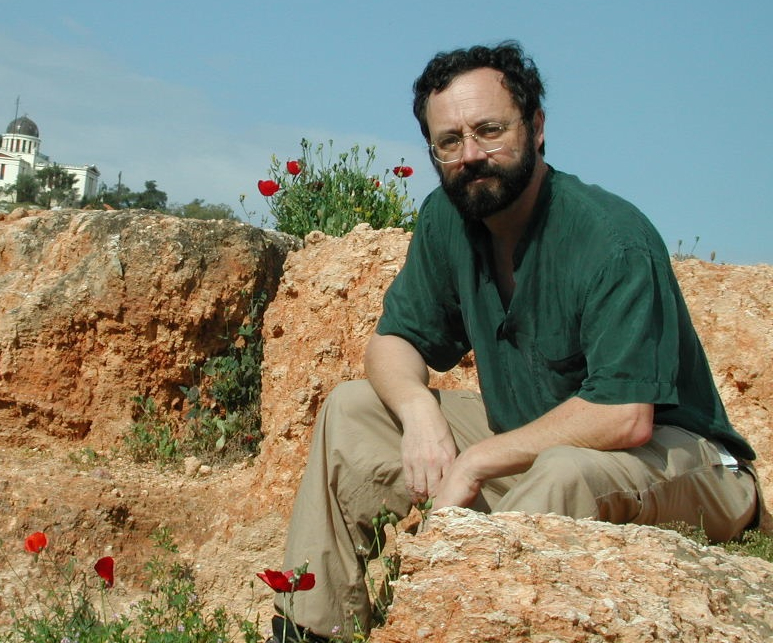
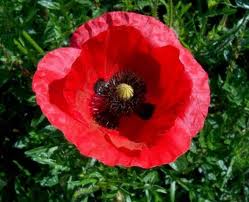
The first time I ever saw red poppies growing was in Athens on my first visit to Greece now nearly 20 years ago. They were coloring the area near the Agora below the Acropolis. The Poppy, as a reminder of Memorial Day and past veterans, is not as popular as it once was but there’s still a compelling story behind the edible species. I wrote about it here. Back home in Maine Memorial Day was a bit of hope and sadness. The sadness was of those no longer with us and in time not to be remembered by anyone. The hope was winter was over. The end of May was time to break out the summer clothes but not turn the furnace off just yet. (I can recall seeing it spit snow on the 4th of July and the quarry across the street often had ice in the bottom well into July.)
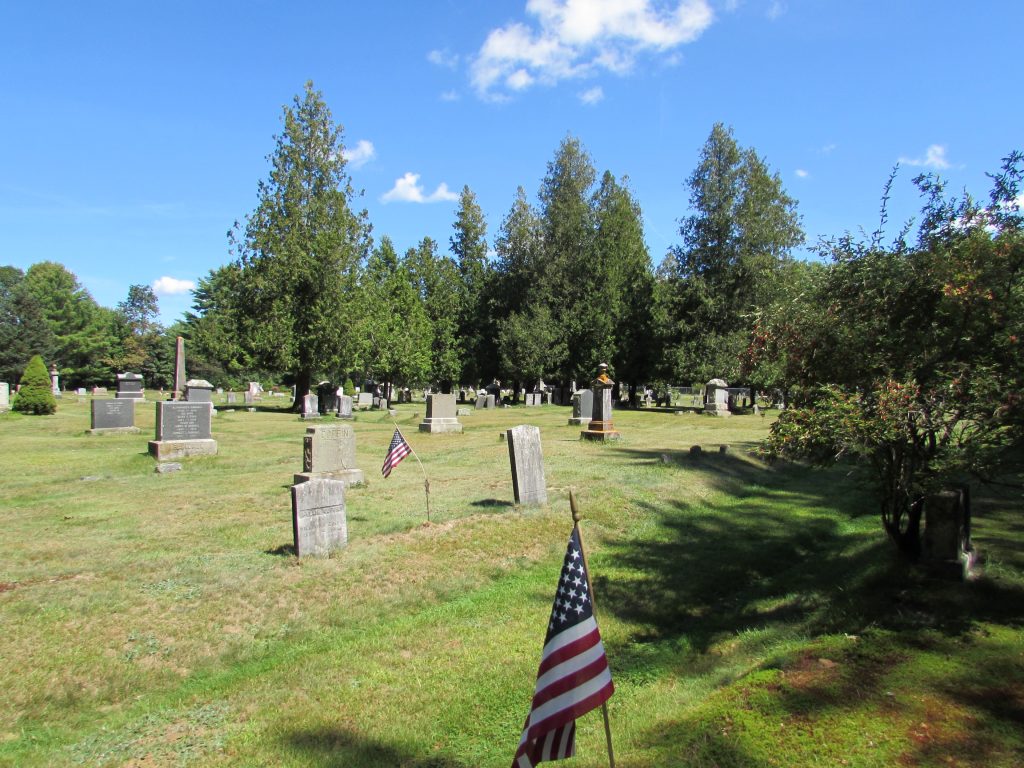
Memorial Day meant a trip to the local cemetery. There was something of a family plot there (which now holds my mother, step-father, one uncle and maternal grandparents.) We also placed U.S. flags for my step-father and uncle both of whom served in World War II. And then there was a visit to a cemetery in South Freeport for a friend of my mother’s, Elaine Bennet, who died in her early 30’s. Not to down play the solemnity of Memorial Day but it was during these visits that I realized cemeteries were a good source of plants.
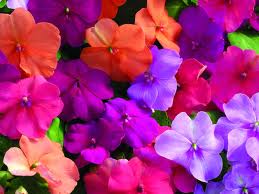
The plant selection will vary with location and time of year but cemeteries are usually landscaped and all kinds of plants are left both planted and free standing. In fact in the fall when I was in college I would go to cemeteries to get cuttings and rootings of various plants that would die in the winter. I did not view it as stealing but rather preserving. Even now some 50 years later a stroll through a cemetery from a plant point of view can be enlightening. My Gainesville foraging class is not far from a very large cemetery and every now and then we wander around it. And when people ask me if Jewelweed grows in Florida I say in the wild no but you can find them in pots in cemeteries where they are called Impatiens.
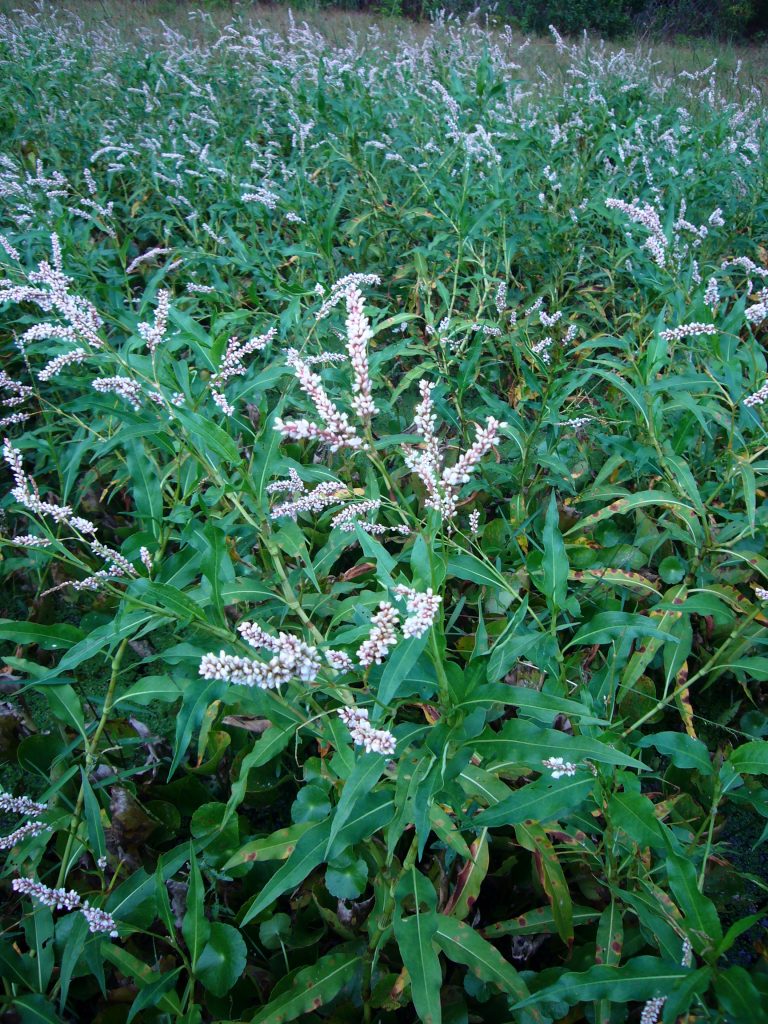
A species to keep your eye and pallet out for this time of year is Smartweed. It’s a Polygonum and in the Buckwheat family. It’s also a pepper substitute but it is more hot than flavorful. It is safe to say if you like “heat” then this weed is for you. In other parts of the world they cook it up as a mess of greens but I would be careful about that. The species is a vaso-contrictor in larger amounts. You find it in damp spots, often road-side ditches which can be polluted. But that does tell you the plant is in season and to look for it in wholesome locations. The blossoms can be white or pink. The blossom are hot and bitter whereas the leaves are just hot. Try only a little first, very little. It can burn a hole through your tongue. I have a video on them and an article.
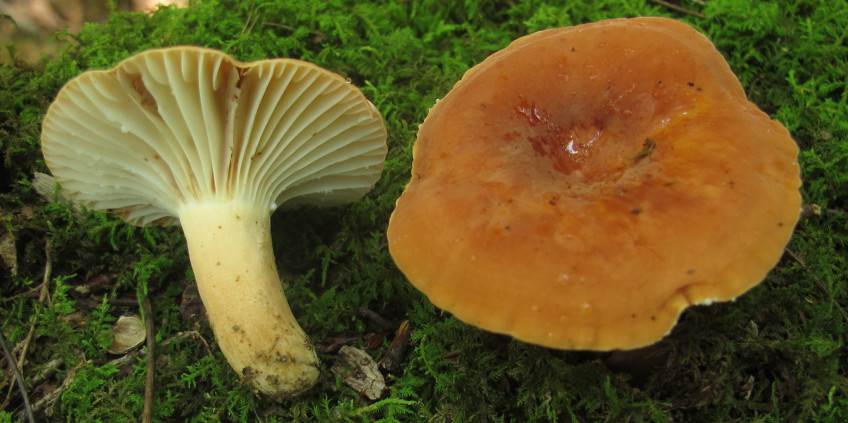
Mushroom Update: Locally our expected warm mushroom season is stalled from lack of rain. We had a false start in early May and a smattering of chanterelles were found. But, more than two weeks of hot and dry conditions have kept the flushing of edible species down. Even the hardy toxic Amanitas are waiting for rain. There has been, however, one oddity yet again this year: Ringless Honey Mushrooms, article here. Locally we usually see them flushing around November after the less rain and cooler weather of fall. Yet, there were reports of them in April — I collected some myself. And this past Saturday, May 25th, I saw some Ringless Honey Mushrooms growing in Orlando. The other-than-usual season production is not totally unexpected: I have seen them growing on a Banyan root in West Palm Beach in July. But, usually Ringless Honey Mushrooms are a fall species (video here.) The rest of our local edible mushrooms will wait until we get a reasonably steady delivery of rain.

Foraging classes this weekend are on the coasts of Florida, first southwest in Port Charlotte Saturday then Melbourne Sunday, half way down the east coast. y teaching schedule through July is posted. You can read it here or go to “classes.”
Saturday, June 1st, Bayshore Live Oak Park, Bayshore Drive. Port Charlotte. 9 a.m. to noon. Meet at the parking lot at the intersection of Bayshore Road and Ganyard Street. 9 a.m. to noon.
Sunday, June 2nd, Wickham Park: 2500 Parkway Drive, Melbourne, FL 32935-2335. 9 a.m. to noon. Meet at the “dog park” inside the park.
Saturday June 8th, Wekiva State Park, 1800 Wekiwa Circle, Apopka, Florida 32712. 9 a.m. to noon. Arrive early as there will be a lot of people wanting to go to the springs to swim. There is a park admission Fee: $6 per vehicle. Limit 8 people per vehicle, $4 for a single occupant vehicle, $2 pedestrians or bicyclists. Meet at the Sand Lake parking lot (road on left after entrance. Go to end of road.) Unlike city parks or the urban area, Wekiva Park is “wild” Florida. There are very few weeds of urbanization. The edibles are mostly native plants and far between. There is a lot of walking in this class.
Sunday, June 9th, Red Bug Slough Beneva Road, Sarasota, FL, 34233. 9 a.m. to noon. Meet at the parking lot.
Saturday, June 15th, Eagle Park Lake, 1800 Keene Road, Largo, FL 33771. 9 a.m. to noon. Meet at the pavilion near the dog park.
Sunday, June 16th, Ft. Desoto Park, 3500 Pinellas Bayway S. St. Petersburg Fl 33715. Meet at the parking lot of the fishing pier, northeast end of the parking lot. 9 a.m. to noon. There is a fee to get into the park. The fishing pier is about halfway along the SW/NE road along the southern end of the park. There is only one fishing pier. This is also father’s day so perhaps you can go fishing or swimming after class. High tide is at noon that day at the park. Also that evening at 7:15 pm. there is a “shoot the full moon” event at the park. It is to watch the full moo16n rise between the Sunshine Skyway Spans.
Saturday, June 22nd, Blanchard Park, 10501 Jay Blanchard Trail, Orlando, FL 32817. 9 a.m. to noon. Meet next to the tennis courts by the YMCA building.
Sunday, June 23rd, Spruce Creek Park, 6250 Ridgewood Ave. Port Orange, 32127. GPS: N 20°05’35.4″ W080°58′.26.2″ 9 a.m. to noon. Meet at the pavilion.
Saturday June 29th: Ft. Meade Outdoor Recreation Area, 1639 Frostproof Highway, Fort Meade, FL 33841. (Frostproof Highway is also Route 98.) 9 a.m to noon. Meet at the brown bathrooms in the middle of the park which is due south from the highway. (Not the tan bathrooms near the intersection.)
Sunday June 30th, John Chestnut County Park: 2200 East Lake Road, Palm Harbor, FL 34685. 9 a.m. to noon. Meet at the trail head of the Peggy Park Nature Walk, pavilion 1 parking lot, inside the park.
Saturday, July 13th, Sunday July 14th, 1624 Taylor Road, Honea Path, South Carolina. Ever want a class with Green Deane but he never seems to come to your neck of the woods? Then mark mid-July on your calendar. Green Deane will have at least four foraging class in Honea Path. Times 9 a.m. and 1 p.m. both Saturday and Sunday, rain or shine (except hurricanes.) Cost is $30 per adult, supervised children free. All of Green Deane’s classes are hands on, walking outside over two to three hours. Wild edible plants, medicinals and perhaps a mushroom or two will be on the agenda. For more information you can contact Putney Farm on Facebook or Green Deane at GreenDeane@gmail.com.
Saturday, July 20th, Blanchard Park, 10501 Jay Blanchard Trail, Orlando, FL 32817. 9 a.m. to noon. Meet next to the tennis courts by the YMCA building.
Sunday, July 21st, Dreher Park, 1200 Southern Blvd., West Palm Beach, 33405. 9 a.m to noon. Meet just north of the science center in the north section of the park.
Saturday, July 27th, Wickham Park: 2500 Parkway Drive, Melbourne, FL 32935-2335. 9 a.m. to noon. Meet at the “dog park” inside the park.
For more information about the classes, to sign up and or pay for a class go here.
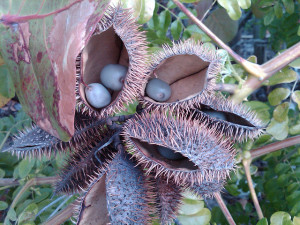
Botany Builder #28: Echinate, covered with spines or prickles. It is from the Dead Latin echinatus, covered with prickles. Sea urchins are in the class of Echinoidea. “Urchin” by the way is an old word for porcupines as is hedgehogs. Mischievous boys are some times called urchins. Locally one medicinal plant is echinate, and that is the Nickerbean. Not a vine and not a tree, it is a “climbing shrub.” The Smilax is also not called a vine but a “climbing shrub.” The Nickerbean is not edible, but does, according to herbalists, have many medicinal applications. To read more about the Nickerbean go here. Incidentally, a student brought part of a shrub to class for identification Sunday. It, too, was prickly. After a bit of research I think it might have been an Aralia, sometimes confused with the Toothache Tree.
Do you like mushrooms but aren’t quite sure about mushrooms? Then there’s a subtle solution: Blue Porterweed. Found in flower gardens around the world and native to Florida the Blue Porterweed earned its name as a source for tea that tastes like porter beer. Someone had the fermenting idea to add yeast and sugar to a lot of tea and get a brew that tastes similar to the beer, hence the name. The flower garden variety usually grows up and the local native grows horizontally. Both are forager friendly. The blue flowers, raw, have a subtle flavor of mushrooms. You can read more about the Blue Porterweed here. Oh, and how did porter beer get its name? The same way porter steak did. Porters — baggage handlers in old central London — worked all hours and needed quick food. Shops set up to meet that need and out of them came several dishes and named items.
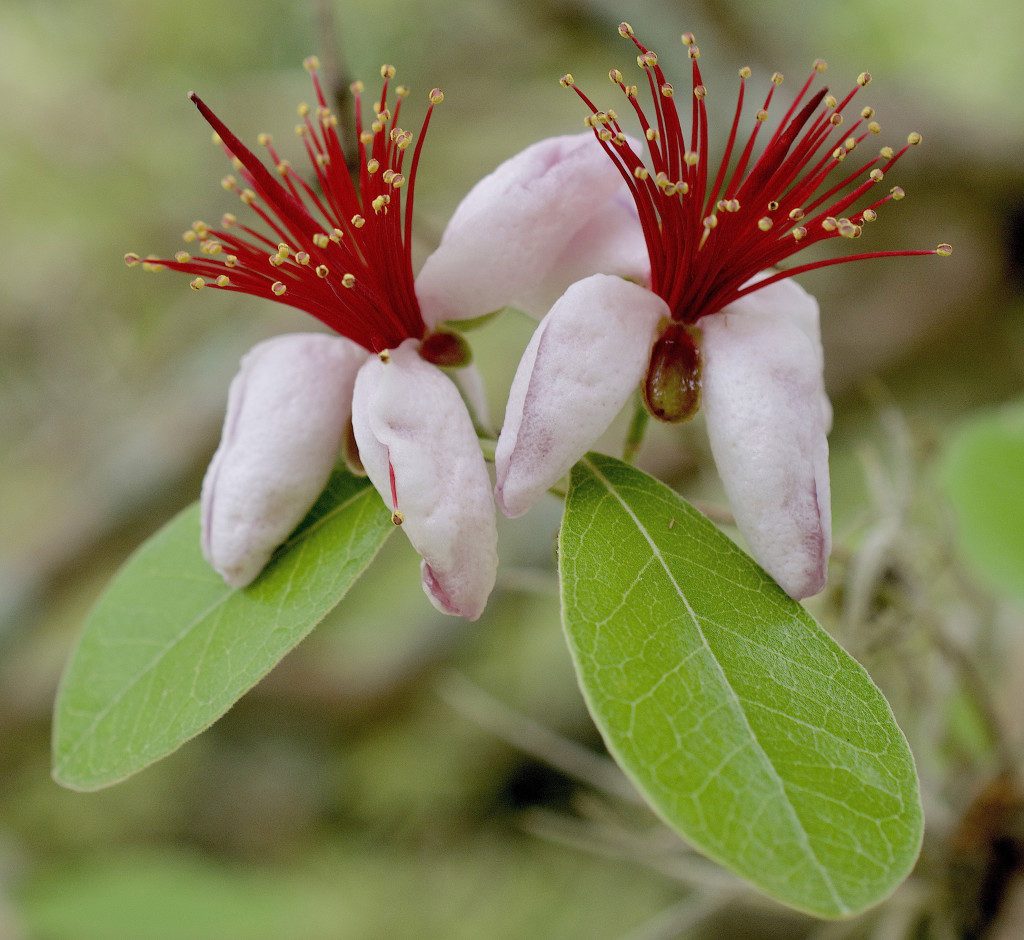
Need to identify a plant? Looking for a foraging reference? Maybe you have a UFO, an Unidentified Flowering Object, you want identified. On the Green Deane Forum we — including Green Deane — chat about foraging all year long. And it’s not just about warm-weather plants or just North American flora. Many nations share common weeds so there’s a lot to talk about. There’s also more than weeds. The reference section has information for foraging around the world. There are articles on food preservation, and forgotten skills from making bows to fermenting food. You can join the forum by clicking on the button on the upper right hand side of this page.

Donations to upgrade EatTheWeeds.com have gone well. Thank you to all who have contributed to either via the Go Fund Me link, the PayPal donation link or by writing to Green Deane POB 941793 Maitland FL, 32794.
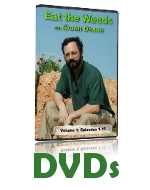
All My Videos are available for free on You Tube. They do have ads on them so every time you watch a Green Deane video I get a quarter of one cent. Four views, one cent. Not exactly a large money-maker but it helps pays for this newsletter. If you want to see the videos without ads and some in slightly better quality you can order the DVD set. It is nine DVDs with 15 videos on each for a total of 135 videos. Many people want their own copy of the videos or they have a slow service and its easier to order then to watch them on-line. The DVDs make a good gift for that forager you know especially as spring is … springing. Individual DVDs can also be ordered or you can pick and choose. You can order them by clicking on the button on the top right hand side of this page (if your window is open wide enough.) Or you can go here.
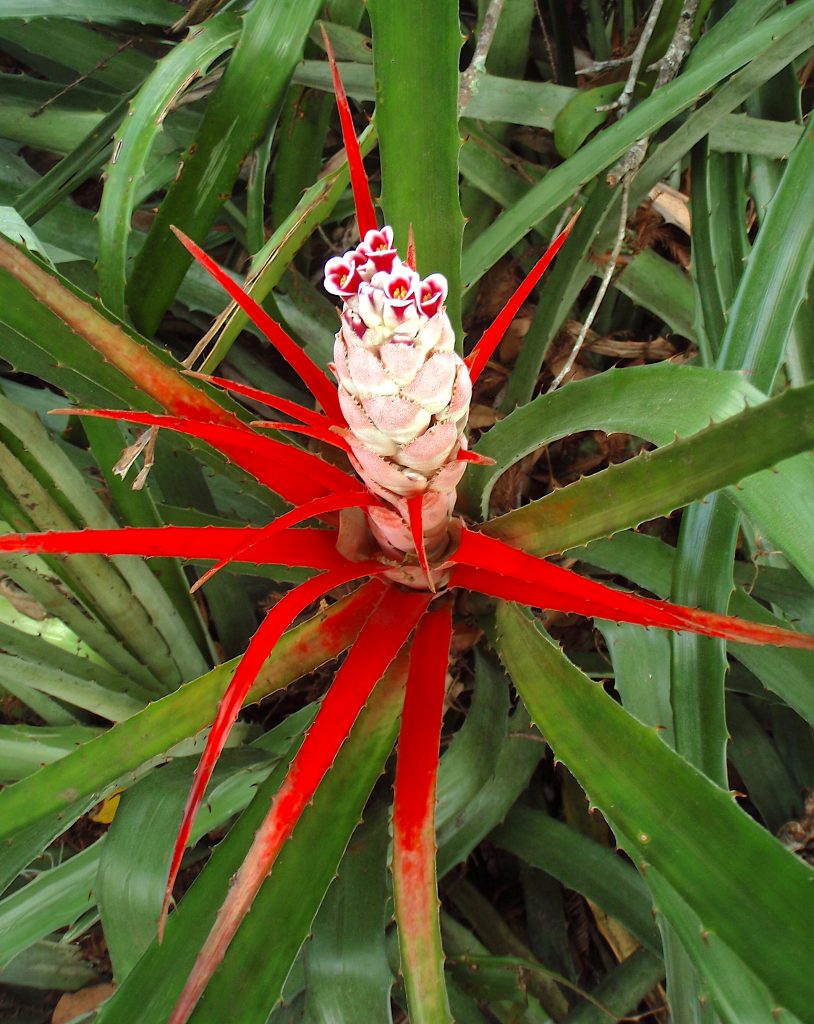
One cannot forage long without discovering many botanists have their head intentionally buried in distributional sand. This can be quite true about non-native plants they don’t want to recognize as either existing or growing in certain areas. Kudzu is one. Another iffy botanical locally is Wild Pineapple. It isn’t “here” but you can’t miss it either. Its leaves et cetera take on brilliant hues and you can see why this plant that is not “here” is here: It’s pretty. The fruit is edible by some. I think it’s a genetic thing. Some people can eat it with no problem. If I eat a fruit I can’t taste anything for a few hours. You can read more about Wild Pineapple here.
This is weekly issue 356.


